Following on from Part 1 of our Swim School, the natural progression from the first set of drills is maintaining a strong body position whilst kicking on your side. As freestyle involves the body constantly rolling from one side to the other as the arms move, the ability to hold a good position while kicking on your side is incredibly important for an efficient swimming stroke.
While you’re getting used to this drill you can use a snorkel; however, as you get more comfortable, you should begin to work towards completing this drill unaided.
Lie flat in the water in a streamlined position on your front. Bring one arm down by your side, and the other should be extended above your head. Rotate your body so that you are lying at an angle of approximately 45˚. Your head and neck should be relaxed and neutral, looking down at the bottom of the pool.
When your body is angled 45˚ like this, the right hip will be deeper in the water than the left. Your right shoulder should brush against the right side your face. The left arm should be relaxed but tight against the left side of your body.
Try and maintain this position while kicking the length of the pool.
If you are trying the drill without a snorkel, you should make sure the extended arm remains in position when breathing and doesn’t scull out of place to balance any head movement while breathing. If you turn the head slowly out of the water to breath, use your core to try and keep your body in the position you’ve achieved. Done correctly, if you are lying with your right arm extended, you should feel your right oblique muscles engaging as you turn your head to breathe.
These drills might challenge you initially, but with practice these will begin to come naturally and you should see the benefit to your swimming as whole. Ever seen someone make swimming look effortless? They have these skills mastered, yet still work on them regularly.
When you swim freestyle, your body should naturally rotate from side to side along a vertical axis in time with your arms. A strong core and good perception of your body position in the water can make a huge difference to those who are struggling with the swim portion of the triathlon. Without mastering the basics of body position in the water, everything else an athlete learns about swimming will be influenced by a poor position in the water. The result? You’re working harder than the person next to you who has a better position in the water.
